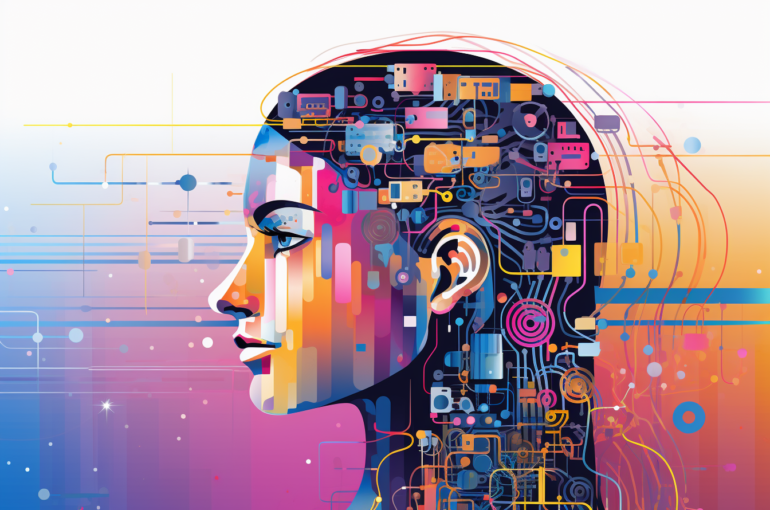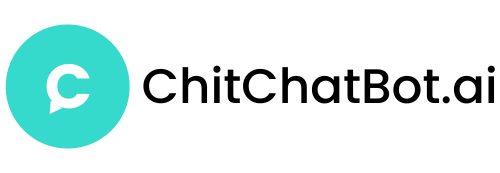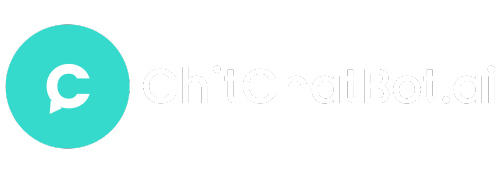Demystifying AI Acronyms: Understanding LLM, NLU, NLP, GPT, Deep Learning, Machine Learning, Virtual Assistants, and RPA

Artificial Intelligence (AI) is no longer just a futuristic concept, it’s woven into our daily lives, powering everything from smart assistants to self-driving cars. But as AI evolves at breakneck speed, so does its jargon. Acronyms like LLM, NLP, and GPT get thrown around, leaving many of us scratching our heads.
Don’t worry, we’ve got you covered. Let’s break down some of the most common AI terms in simple, relatable language so you can navigate this tech-driven world with confidence.
LLM (Large Language Model) – The AI Wordsmith
Imagine an AI that can write essays, answer questions, and even crack jokes, that’s an LLM (Large Language Model). These models, like OpenAI’s GPT-4o or Google’s Gemini, are trained on massive amounts of text data, allowing them to generate human-like responses. Think of them as supercharged autocomplete engines that understand context.
NLU vs. NLP – How AI Understands Us
Ever wondered how Siri or Alexa actually understand what you’re saying? That’s where NLP (Natural Language Processing) and NLU (Natural Language Understanding) come in.
NLP is the broader field—it covers everything from translating languages to detecting spam emails.
NLU is a subset of NLP focused on comprehending meaning—like recognizing sarcasm or figuring out what you really mean when you say, “That meeting could’ve been an email.” Yes, it really could have been…
GPT (Generative Pre-trained Transformer) – The AI That Writes Like a Human
You’ve probably heard of ChatGPT, but what does GPT stand for? It’s a Generative Pre-trained Transformer, a fancy way of saying it’s an AI trained to generate text by predicting the next word in a sentence. The latest versions, like GPT-4 Turbo, can even handle images and voice, making interactions eerily human-like.
Deep Learning – The Brain Behind AI’s Genius
If AI were a student, Deep Learning (DL) would be its PhD-level knowledge. Inspired by the human brain, DL uses neural networks (layers of algorithms) to recognize patterns. It’s why your phone unlocks with Face ID, Spotify recommends songs you love, and self-driving cars “see” obstacles.
Machine Learning (ML) – AI’s Learning Curve
Machine Learning (ML) is the foundation of most AI systems. Instead of being explicitly programmed, ML models learn from data. Ever noticed how Netflix suggests shows you might like? That’s ML at work. Key types include:
Supervised Learning (learning from labeled data, like spam filters).
Unsupervised Learning (finding hidden patterns, like customer segmentation).
Reinforcement Learning (trial and error, like AI mastering chess).
Virtual Assistants – Your AI Sidekicks
From Alexa playing your morning playlist to Google Assistant setting reminders, AI-powered virtual assistants rely on NLP + NLU to chat with us naturally. The newest ones, like Meta’s AI, can even mimic your texting style.
RPA (Robotic Process Automation) – The AI Office Worker
If you’ve ever wished for a robot to handle boring, repetitive tasks, RPA (Robotic Process Automation) is your answer. These “bots” automate things like data entry, invoice processing, and even customer service chats – freeing humans for more creative work.
Bonus: Emerging AI Terms You Should Know
AGI (Artificial General Intelligence) – A theoretical AI that can think and learn like a human (still sci-fi for now). But some think we are getting scary close!
AI Agents – Autonomous AI that can perform tasks (e.g., booking flights or coding).
Multimodal AI – Models like GPT-4o that process text, images, and voice together.
Hallucination – When AI confidently makes up false info (yes, it happens).
Keep Learning!
AI isn’t slowing down, and neither should you. Whether it’s LLMs writing emails or RPA bots handling paperwork, understanding these terms helps you stay ahead.

